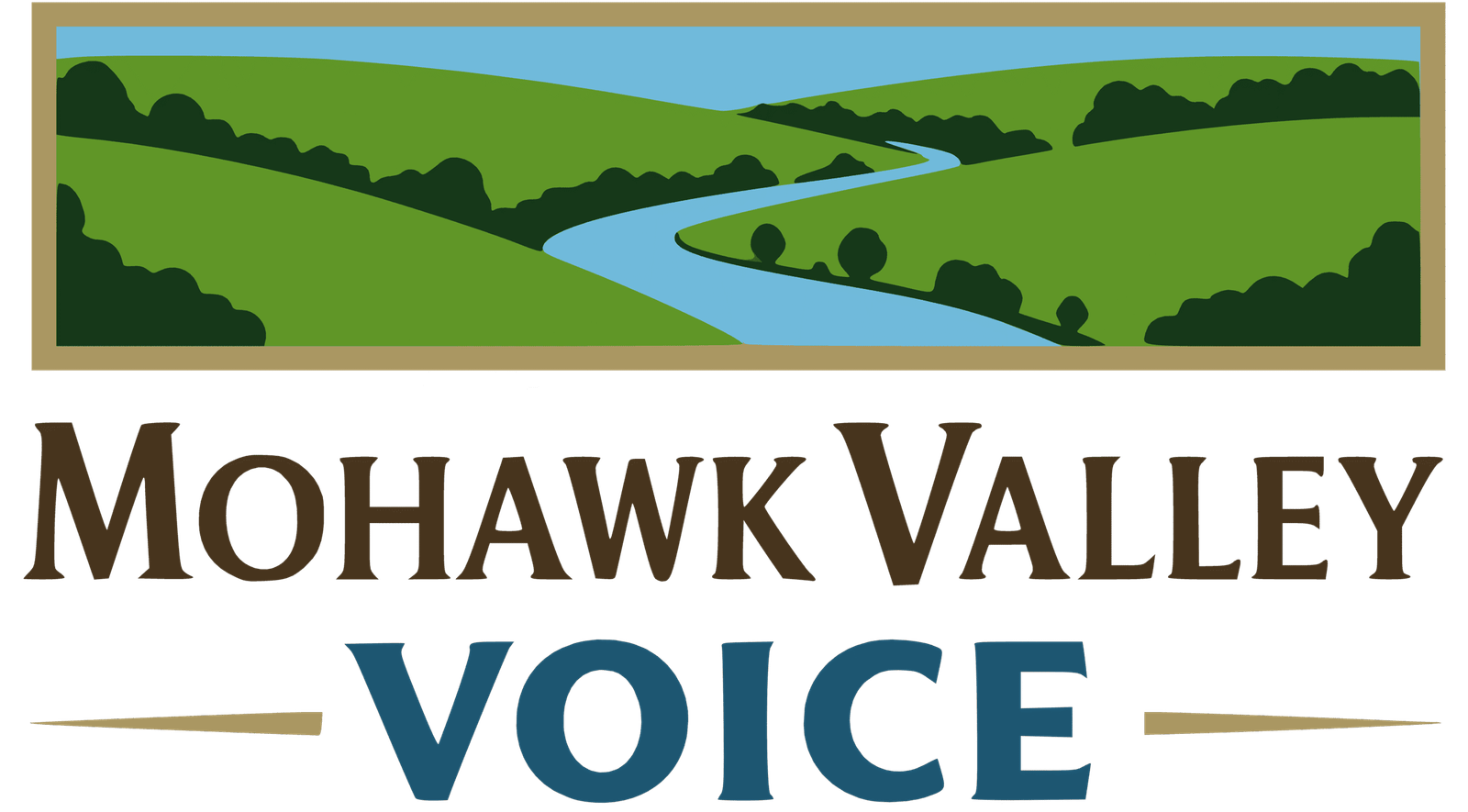Education Department Halts IBR Student Loan Forgiveness, Leaving Millions in Financial Limbo
By David LaGuerre-
The U.S. Department of Education has paused IBR student loan forgiveness indefinitely, throwing nearly 8 million borrowers into uncertainty and forcing many to continue making payments on debt they thought would soon disappear. On July 21, 2025, officials announced the halt to Income-Based Repayment forgiveness while they update systems to reflect ongoing court battles over student debt relief programs.
This sudden pause affects real people with real bills. Some borrowers who’ve faithfully made payments for two decades now face the crushing reality that their financial freedom remains just out of reach, with no clear timeline for when relief might come.
The System Breakdown Behind the IBR Pause
The Education Department’s decision stems from a perfect storm of legal challenges and administrative chaos. While IBR itself wasn’t directly targeted by recent court injunctions, the legal battles surrounding other forgiveness programs created a ripple effect that’s now drowning borrowers in bureaucratic quicksand.
Here’s what triggered this mess:
- Court injunctions blocked forgiveness under SAVE, PAYE, and ICR plans
- System updates are needed to properly track qualifying payments
- Administrative overload from over 1.5 million pending applications has created massive backlogs
The department claims they need time to ensure forbearance periods count toward forgiveness, as recent legal interpretations require. But critics argue this is administrative overreach that goes beyond what courts actually demanded.
Who Gets Hurt Most by This IBR Forgiveness Delay
About 2 million borrowers enrolled in IBR are directly impacted, but the broader student debt crisis affects nearly 44 million Americans owing$1.6 trillion total. The numbers tell a stark story about who bears this burden.
Young college graduates with student loans face disproportionate financial stress. Research shows 25% of graduates aged 25-39 with loans report “just getting by” or “finding it difficult to get by.” That’s compared to only 9% of those without loans.
The Mathematics of Misery
The financial impact hits hardest for those closest to forgiveness. Many IBR borrowers have been making payments for 15-20 years, expecting relief after hitting their 20 or 25-year forgiveness threshold. Now they’re stuck in limbo, continuing to pay on loans they thought would soon vanish.
Ellen Keast, a borrower advocate, noted that payments made after eligibility will eventually be refunded once forgiveness resumes. But that’s cold comfort for families struggling to make ends meet today.
Mike Pierce from the Student Borrower Protection Center warned the pause will “drown millions of people in unnecessary interest charges.” Those words capture the human cost of bureaucratic delays.
Understanding the Different Forgiveness Programs
The confusion around student loan forgiveness stems partly from the alphabet soup of different programs, each with their own rules and timelines.
IBR: The Congressional Creation
Income-Based Repayment stands apart because Congress created it in 2007. This legislative foundation makes IBR more legally secure than other programs. Borrowers pay 10-15% of discretionary income, with forgiveness after 20-25 years depending on when they borrowed.
SAVE, PAYE, and ICR: The Regulatory Programs
These programs rely on Education Department regulations rather than congressional authorization. That makes them more vulnerable to legal challenges:
- SAVE replaced REPAYE in 2023, offering 10% payment caps with interest subsidies
- PAYE launched in 2012 with 10% payment caps and 20-year forgiveness
- ICR from 1994 requires 20% of income with 25-year forgiveness
Courts blocked these programs, arguing the Education Department exceeded its authority. IBR should be safe from such challenges, making the current pause even more frustrating for borrowers.
The Broader Political Stakes
This IBR pause reveals deeper tensions about student debt relief in America. Progressive advocates see loan forgiveness as essential for economic justice, while conservatives argue taxpayers shouldn’t fund other people’s education choices.
The timing is particularly challenging. The Education Department plans to close SAVE, PAYE, and ICR by June 30, 2028, replacing them with a new RAP program by July 1, 2026. This transition period creates additional uncertainty for borrowers trying to plan their financial futures.
The Center-Left Perspective
From a progressive standpoint, student debt represents a systemic failure where education became a luxury good rather than a public investment. The current pause undermines promises made to borrowers who’ve played by the rules for decades.
The data supports concerns about inequality. Borrowers with postgraduate degrees owe the most, with 26% owing$100,000 or more. But the emotional toll spans income levels, with 35% of young graduates with loans saying their education wasn’t worth the cost.
What Critics Get Wrong About Student Debt Relief
Conservative critics often frame loan forgiveness as unfair to taxpayers who either paid off their loans or never attended college. This argument misses several key points about how student debt actually works.
First, IBR forgiveness isn’t a handout. Borrowers make payments for 20-25 years based on their income. Many pay more than their original loan amount due to interest accumulation. The “forgiveness” often applies to interest that compounded beyond what anyone could reasonably repay.
Second, the broader economy benefits when people aren’t trapped in debt cycles. Young adults delay home purchases, starting businesses, and having children because of student loans. This drag on economic activity hurts everyone.
Research from Pew shows the stark difference between graduates with and without loans in their ability to build wealth and participate fully in the economy.
The Human Cost of Administrative Delays
Behind every statistic is a real person whose life is on hold. The IBR pause affects borrowers who’ve made payments through recessions, job losses, and family emergencies, always with the promise that relief would eventually come.
These aren’t people trying to escape responsibility. They’re teachers, social workers, and public servants who chose careers serving their communities rather than maximizing income. Many specifically chose IBR because they believed in the government’s promise of eventual forgiveness.
The emotional toll is immense. Borrowers report anxiety, stress, and feeling trapped in cycles of debt that prevent them from achieving basic milestones like homeownership or financial security.
Looking Ahead: What Borrowers Need to Know
The Education Department hasn’t provided a clear timeline for when IBR forgiveness will resume. This uncertainty makes financial planning nearly impossible for affected borrowers.
Here’s what we know about the timeline ahead:
- IBR pause: No end date announced
- RAP program launch: July 1, 2026
- Other programs end: SAVE, PAYE, and ICR close June 30, 2028
Borrowers should continue making payments if possible, as these will count toward forgiveness once processing resumes. Those who can’t afford payments might consider forbearance, but this can increase total interest costs.
The situation calls for both immediate action and long-term reform. The Education Department needs to restart IBR forgiveness processing quickly while Congress should provide clearer guidance on student debt relief authority.
The Path Forward
This IBR pause represents a test of whether America keeps promises to its citizens. Millions of borrowers made life decisions based on government commitments about loan forgiveness. Breaking those promises undermines trust in public institutions when we can least afford such erosion.
The solution isn’t complicated, even if the politics are messy. The Education Department should immediately restart IBR forgiveness processing, since this program has clear congressional authorization. Longer-term, we need honest conversations about making higher education affordable without trapping students in decades of debt.
Student loan forgiveness isn’t about politics or ideology. It’s about keeping faith with people who invested in their education and their country’s future. They’ve held up their end of the bargain. Now it’s time for the system to hold up its end.
What happens next will show whether we’re serious about supporting working families or content to let bureaucratic dysfunction crush the dreams of millions of Americans who dared to pursue higher education.
Have you been affected by the IBR forgiveness pause? Share your story in the comments below, and don’t forget to share this article with others who need to stay informed about student loan developments.




